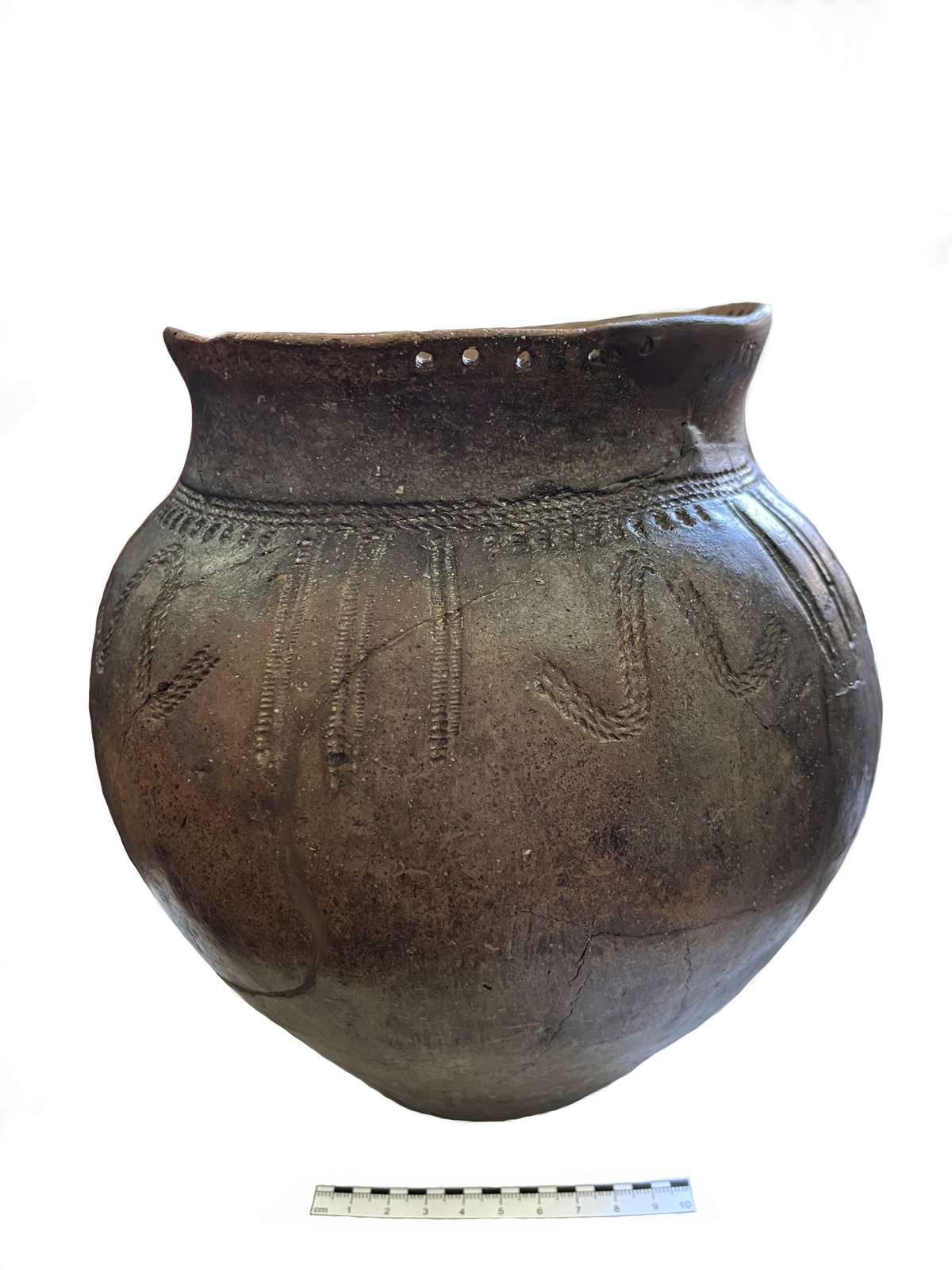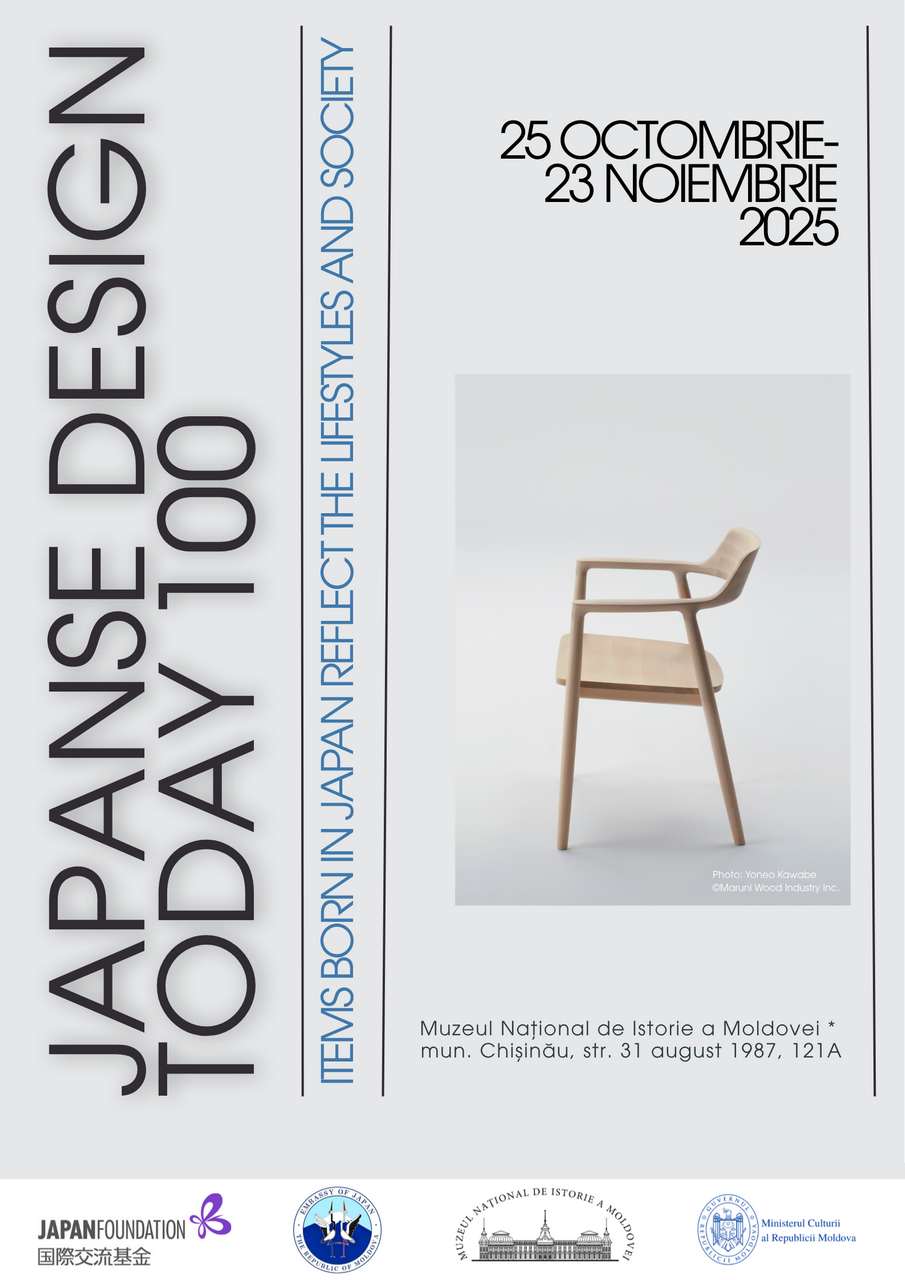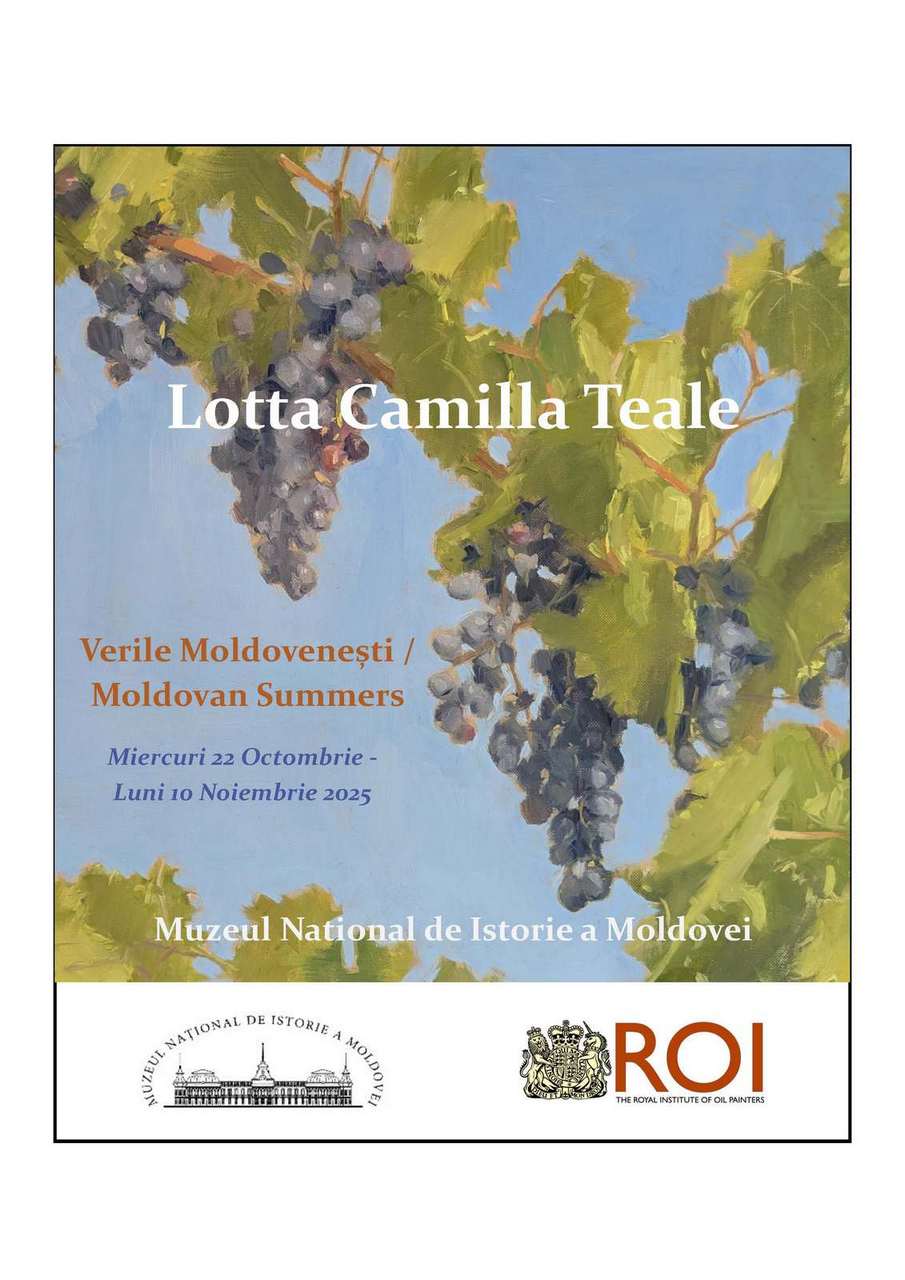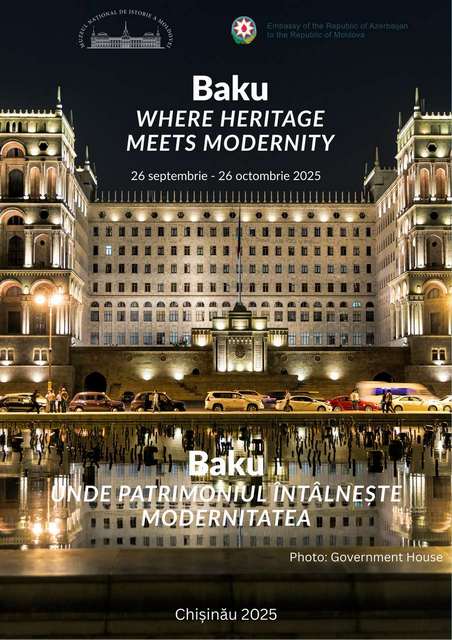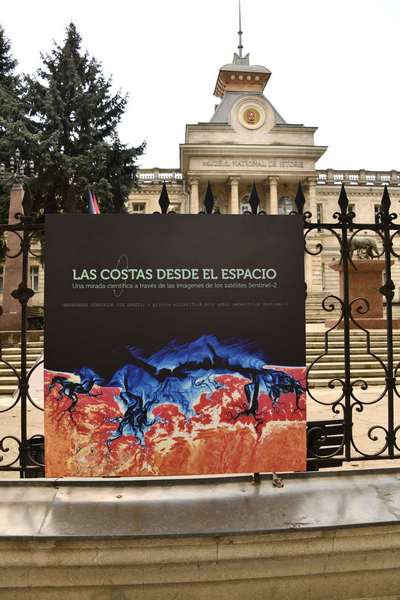The exhibition was organised by the Czech Centre in Bucharest (curator: František Zachoval) in partnership with the National Museum of History of Moldova and the Czech Embassy in Moldova.
The exhibition is a tribute to the 80 years anniversary of the birth of Václav Havel, whom he has never lived. Václav Havel is a writer, philosopher, Czech dissident and politician. He was one of the first spokesmen of Charter 77, leading personality of the political changes in November 1989, the last president of Czechoslovakia and the first president of the Czech Republic. Literary genius, irreproachable moral qualities and political victories made him one of the most respected personalities of the late twentieth century.
The exhibition reflects the personality of Václav Havel in Czech artists' vision. Undoubtedly, Havel played one of the most important roles in the revolutionary months of 1989, when he brilliantly formulated the fundamental purpose of transformation period that was to follow, such as rebuilding of a pluralist political system or reconstruction of market economy. Therefore, the exhibition is the very paradigm of Havel's concept of the world, being one of the most important promoters of pluralism of opinions. The same pluralism was set behind the project exhibition, showing the personality of Václav Havel in artworks made between 1990 and 2015 by known Czech artists, such as: Milan Knížák, Jiří Kovanda, Jiří David, Kurt Gebauer, Milan Mikuláštík, Adam Kovalčík, Bořek Šípek, Martin Zet and artistic group Guma Guar.
The artworks displayed in the exhibition are: „Česká krajina" (Czech landscape - 1990) by Milan Knížák; „Skryté podoby" (Hidden portraits - Václav Havel, 1991-1995), artwork part of a large international project by Jiří David; „Havla zřejmě čeká těžší práce doma" (Obviously, Havel awaits a harder job at home - 1998) by Jiří Kovanda; commemorative medal „Macroscopium rationem popularem tuens stand" (2014) by Bořek Šípek; installation „Srdce" (Heart - 1997-2007) by Kurt Gebauer; billboard „Podpis krvavého humanisty" (Signature of bloody humanist) by Guma Guar; „Power Play" (1998) by Milan Mikuláštík; „Portrait of Václav Havel" (2013) by Adam Kovalčík; „Easy Marchers" (video, 26 min., 39 sec.) by Martin Zet. The works capture the personality of Václav Havel through eyes of criticism and admiration of contemporary Czech visual artists.
The event was supported by Staropramen. Media partners: Kiss FM.
 31 August 1989 St., 121 A, MD 2012, Chisinau, Republic of Moldova
31 August 1989 St., 121 A, MD 2012, Chisinau, Republic of Moldova



